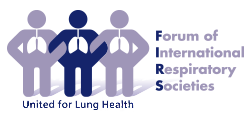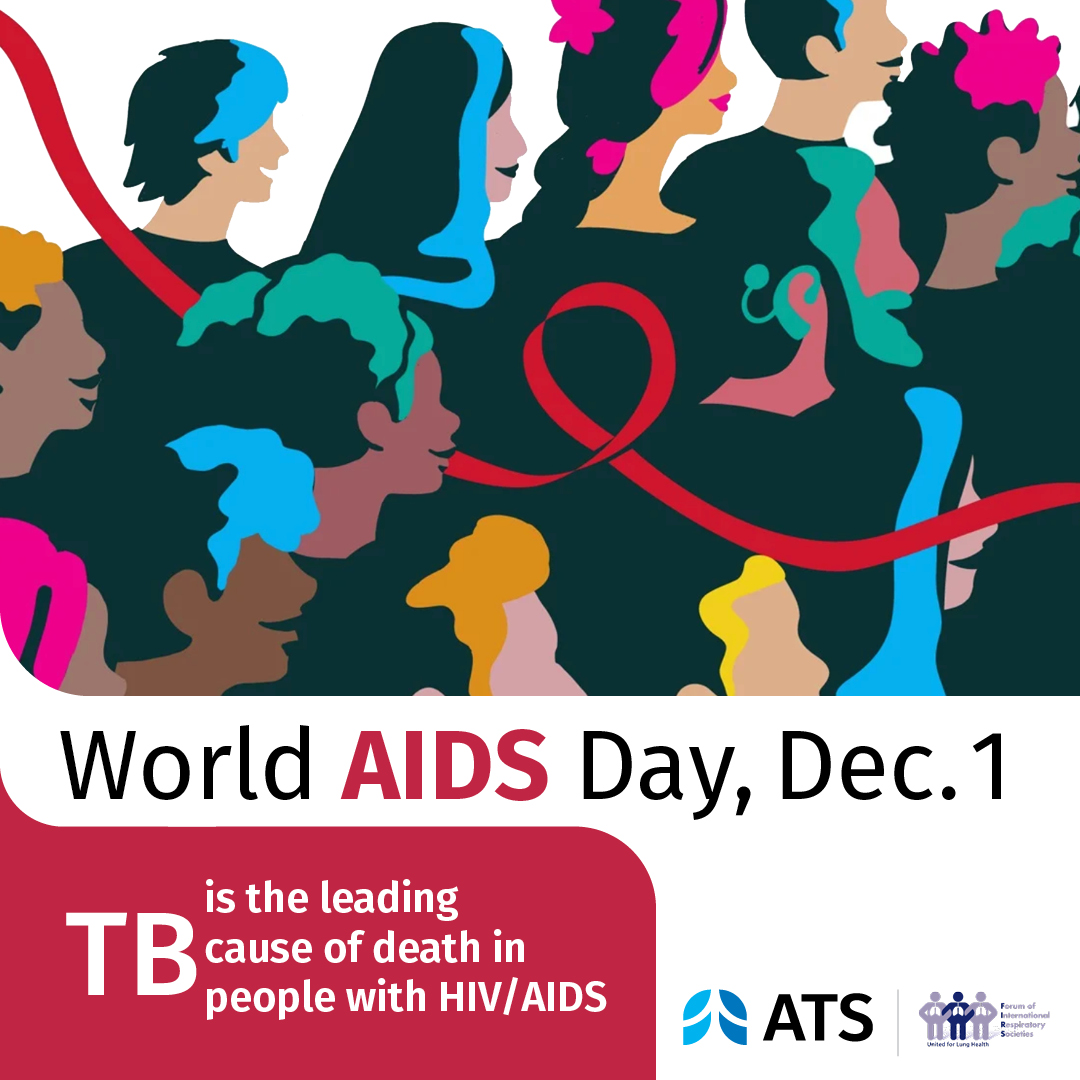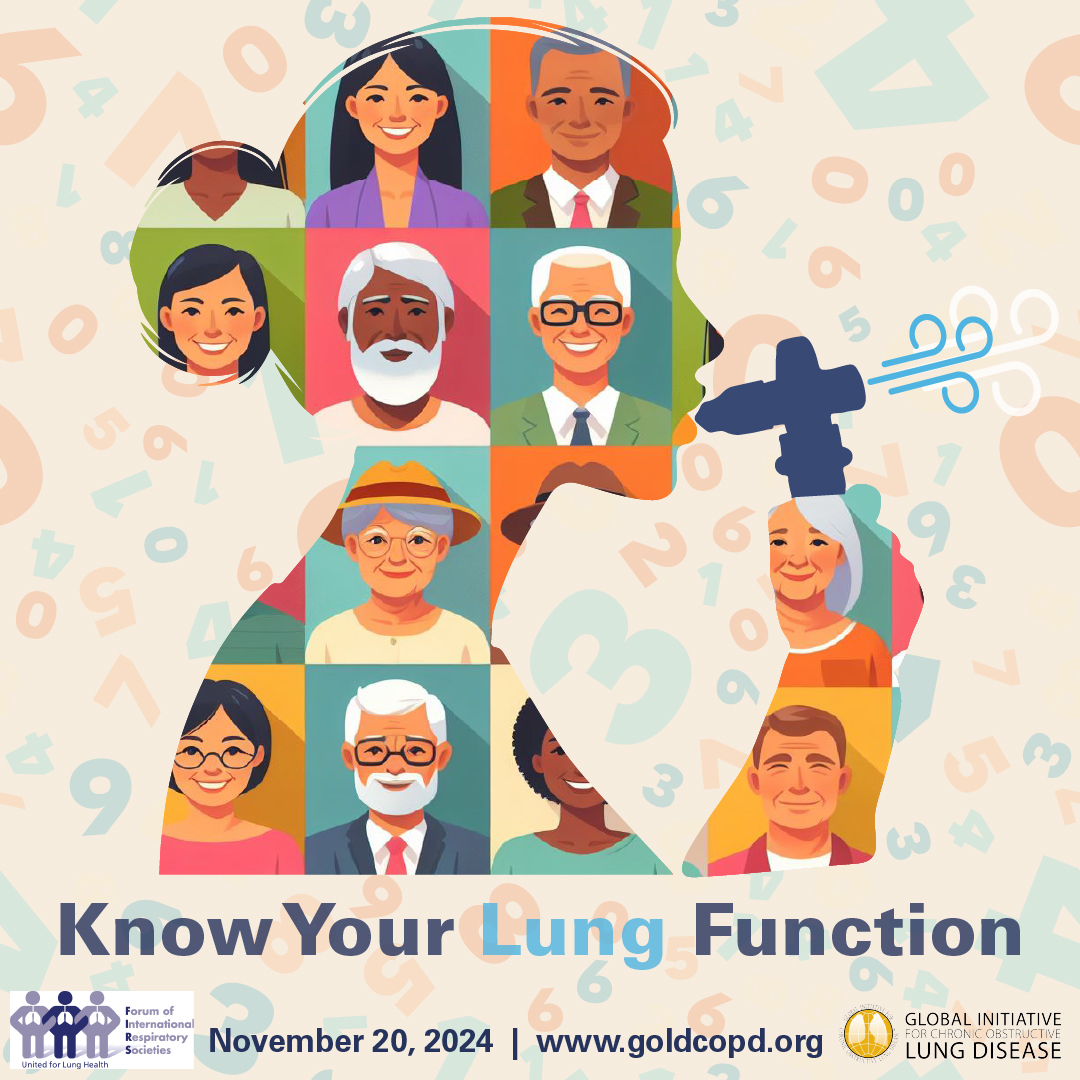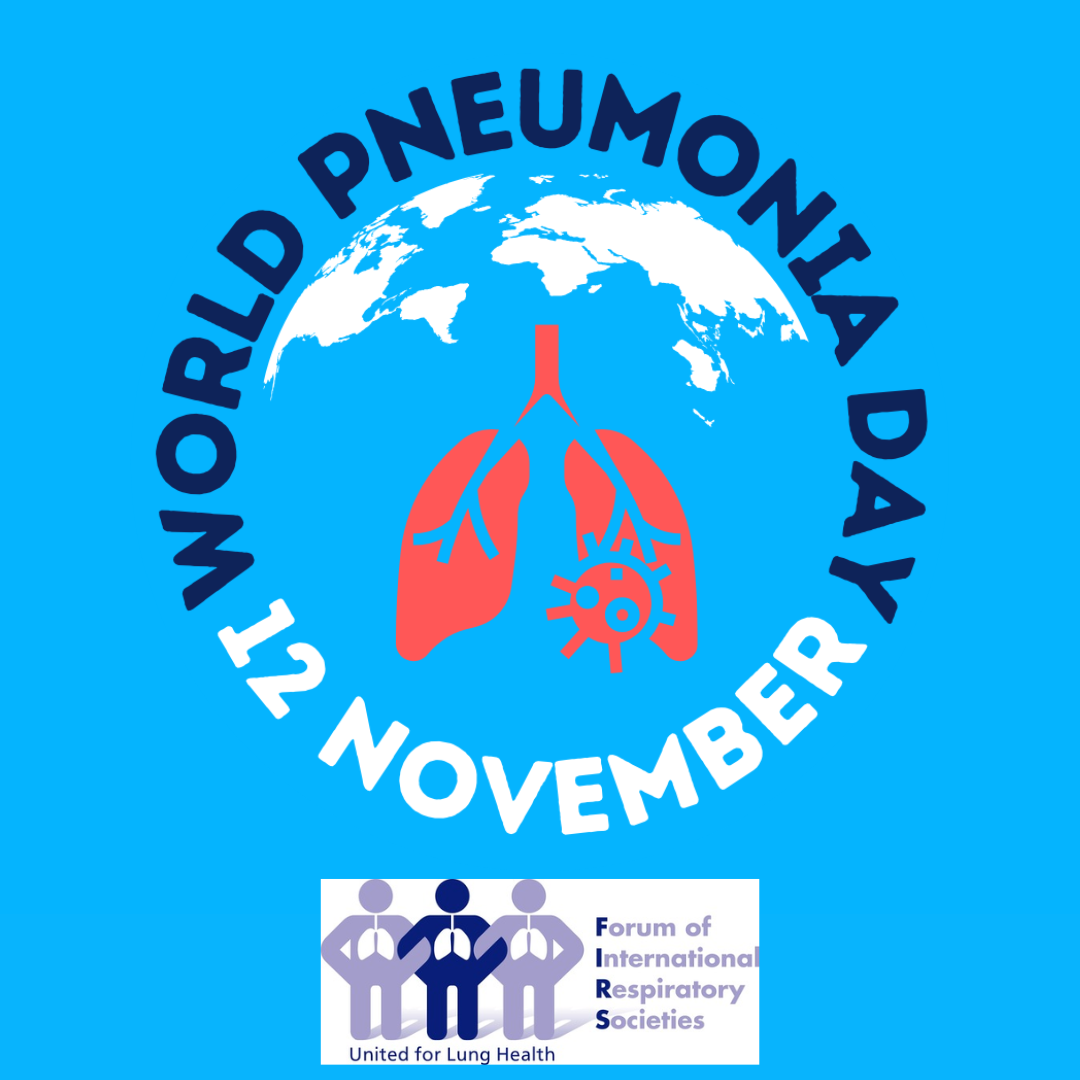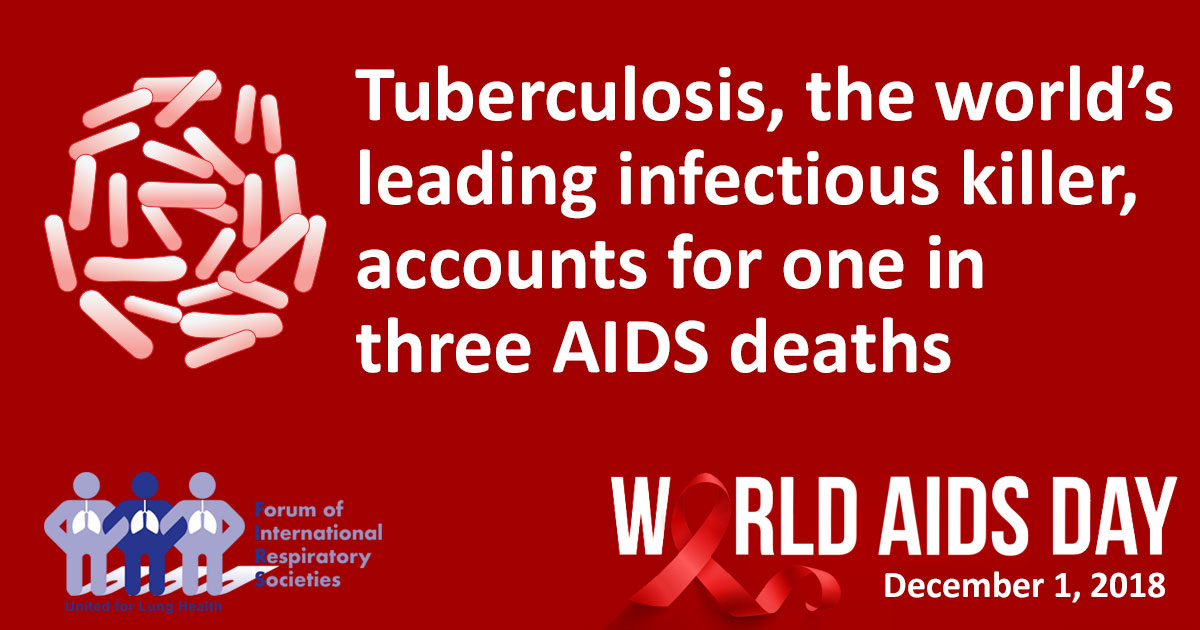
Tuberculosis (TB) is the world’s leading infectious disease and it accounts for one in three deaths from HIV/AIDS, according to the World Health Organization’s (WHO) 2018 report on TB. This is why on World AIDS Day the Forum of International Respiratory Societies (FIRS), calls on governments, health advocates and non-government organisations to strengthen their response to AIDS and TB.
“AIDS and TB are a deadly combination,” said Polly Parsons, MD, President of American Thoracic Society, a FIRS founding member. “In the developing world, TB is often the first sign a person has HIV. Together, the diseases are far worse than they are alone.”
Shortly after AIDS emerged, it fuelled a global resurgence of TB that continues in many low and middle-income countries. According to the Centers for Disease Control and Prevention, HIV infection is the strongest risk factor for progressing from latent to active TB.
WHO estimates that the risk of developing TB is 16-27 times greater in people who are infected with HIV than those who are not. Those infected with HIV are also at greater risk of dying from pneumocystis jiroveci pneumonia (PCP), the most common opportunistic infection of HIV, and from bacterial pneumonia and Kaposi sarcoma.
Since the beginning of the pandemic, AIDS has claimed 35 million lives and left 17 million children without one or both parents. Today nearly 40 million people are living with the disease. Of those, about 25 million live in Africa, according to the WHO.
Effective antiretroviral treatment of the disease has increased to approximately 59 percent of those infected with HIV, but the WHO’s recent report on the disease highlights that people living with the disease in countries in the Eastern Mediterranean and in South-East Asia are much less likely to receive antiretroviral therapies.
FIRS believes a global response to HIV/AIDS can be strengthened by:
- Increasing awareness of the continuing global threat of HIV-related disease and its link to TB and other respiratory diseases.
- Improving the health outcomes of people living with HIV through patient care and research into improved treatments and treatment strategies for both HIV and TB.
- Reducing the incidence and severity of HIV-related disease by strengthening mother-to-child transmission prevention programs and increasing the early use of antiretroviral therapy.
- Improving HIV education in at-risk communities to reduce the incidence of new HIV infections.
- Reducing HIV-related health disparities and inequities.
“The world has made considerable progress in fighting both AIDS and TB through research, education and better treatments, and prevention strategies,” Dr. Parsons said. “But to meet the goal the United Nations set to end the AIDS epidemic by 2030, we will have to redouble our global efforts to stop both of these deadly diseases.”
View the fact sheet.
About the Forum of International Respiratory Societies (FIRS)
The Forum of International Respiratory Societies (FIRS) is an organisation comprised of the world's leading international respiratory societies working together to improve lung health globally: American College of Chest Physicians (CHEST), American Thoracic Society (ATS), Asian Pacific Society of Respirology (APSR), Asociación Latino Americana De Tórax (ALAT), European Respiratory Society (ERS), International Union Against Tuberculosis and Lung Diseases (The Union), Pan African Thoracic Society (PATS), Global Initiative for Asthma (GINA), and the Global Initiative for Chronic Obstructive Lung Disease (GOLD).
The goal of FIRS is to unify and enhance efforts to improve lung health through the combined work of its more than 70,000 members globally.
